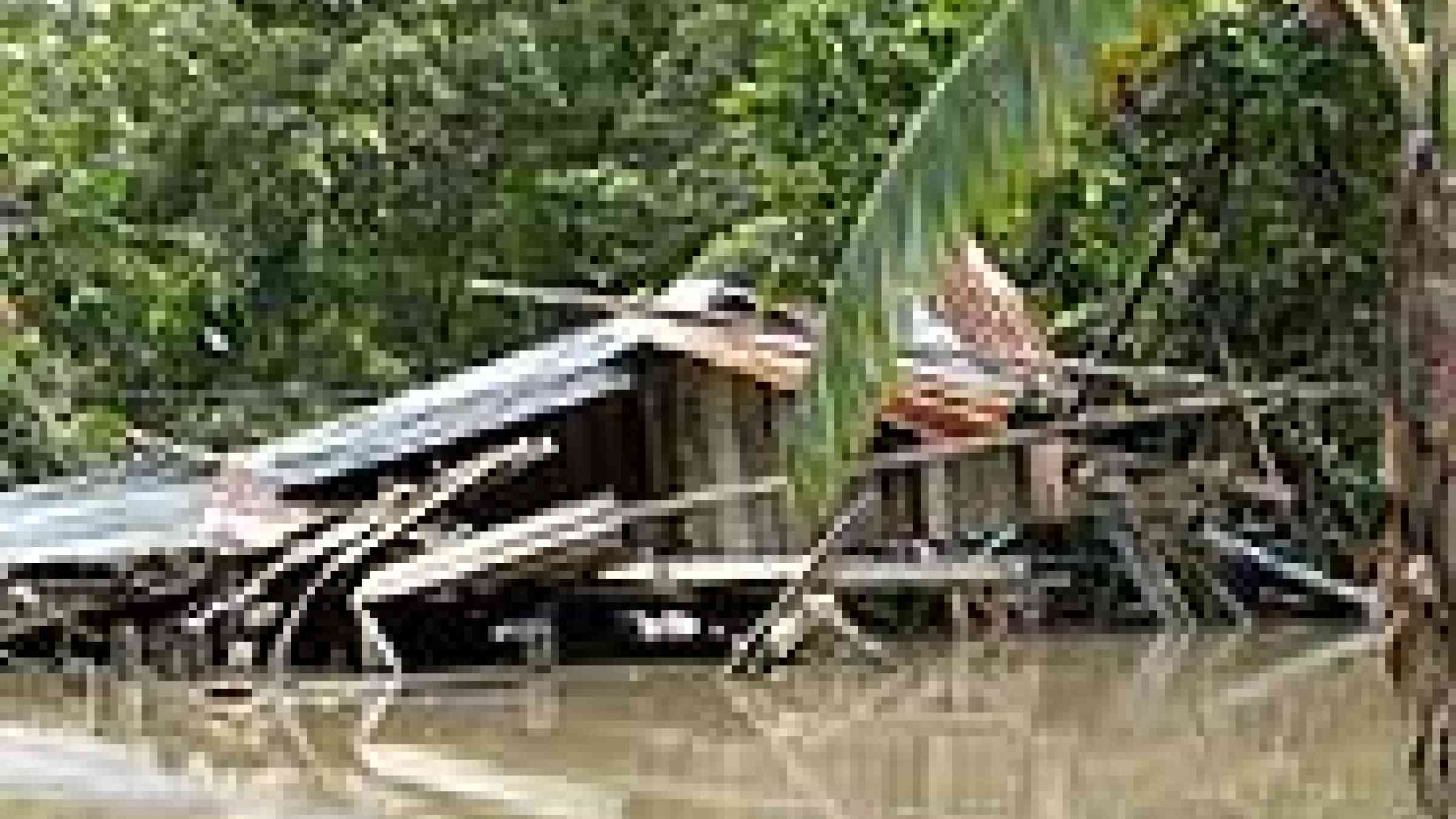Malaysia: New disaster relief centre to incorporate disaster risk reduction

The Malaysian government has agreed to establish a disaster relief centre in Subang to support all humanitarian and food assistance relief operations in this part of the world, Datuk Seri Najib Tun Razak said Tuesday.
This was being done in collaboration with the World Food Programme (WFP) and the centre would be operational next year, the deputy prime minister said.
Najib said the suggestion to set up the centre was made by the Defence Ministry.
"In future, all disaster and food relief operations will emanate out of Subang," he said in his keynote address at the Third Asian Ministerial Conference on Disaster Risk Reduction at the Putra World Trade Centre here.
He said that to support this initiative, the government had agreed to contribute US$1 million annually to the centre.
Najib also said that disaster risk should be taken seriously in view of the severity of its impact on lives and livelihoods as well as the development of nations.
He said it was both tragic and futile to see the benefit of years or decades of development washed away in a typhoon or flood, when marginal investment in incorporating hazard resistance could have protected these assets.
"It is acknowledged that not all disasters can be prevented, but their impact and all the underlying risks can be reduced. While recognising that preparing for and coping with disasters is essential, neverthless, such efforts have never been sufficient," he said.
Najib said that in every disaster, the communities were the ones on the receiving end and who suffered the most and as such, disaster management was most effective at the community level where local needs and risks could be adequately assessed and managed.
"Disasters can be reduced substantially if people are well informed about measures they can take to reduce vulnerabilities. Communities in high risk areas thus need to be briefed and educated on disaster risks and means of protection," he said.
Najib said disaster risk reduction should not be viewed as the sole responsibility of the government and in this context, partnerships with all stakeholders, such as the United Nations agencies, civil society organisations, scientific and technical organisations and the media, were important.
"Public and private sector resources need to be mobilised towards activities aimed at disaster risk reduction," he said.
"By changing planning processes and incorporating disaster risk consideration in the planning of new development projects, we can make sure that the resilient community is capable of withstanding the impact of future hazards.
"In line with this, there may be a need to develop or modify policies, laws and organisational arrangements to integrate disaster risk reduction into plans, programmes and projects of development," he said.
Najib said that from the economic perspective, natural disasters exert an enormous toll on development and annual economic losses associated with such disasters had shown a tremendous increase, averaging from US$75.5 billion in the 1960s to US$659.9 billion in the 1990s.
According to the United Nations Development Programme report, an average of 326 climate disasters occurred per year from 2000 to 2004, with more than 200 million people, mostly in Asia, affected annually.
Najib said the Malaysian government was committed to disaster risk reduction and would continue its efforts towards implementing the priority areas of the Hyogo Framework for Action.
On Malaysia's experiences, Najib said the government had put in place since the 1990s, policy, infrastructure and operational mechanisms that transcend the national, state and district levels to ensure cohesive participation and involvement of various government agencies and the non-government sector in addressing disaster management.
The three-day conference ,themed "Multi-stakeholder Partnership for Disaster Risk Reduction -- From National to Local" is attended by ministers, vice-ministers and senior officials representing ministries in charge of disasters from 39 countries in the Asia-Pacific region.
An estimated 600 delegates are participating in the conference, which among others, aims to review the implementation of the Hyogo Framework for Action which was adopted by 168 countries in 2005 in their efforts to reduce disaster risk and build resilient communities as well as to recommend to countries on actions to scale up disaster risk reduction efforts by the various stakeholders.